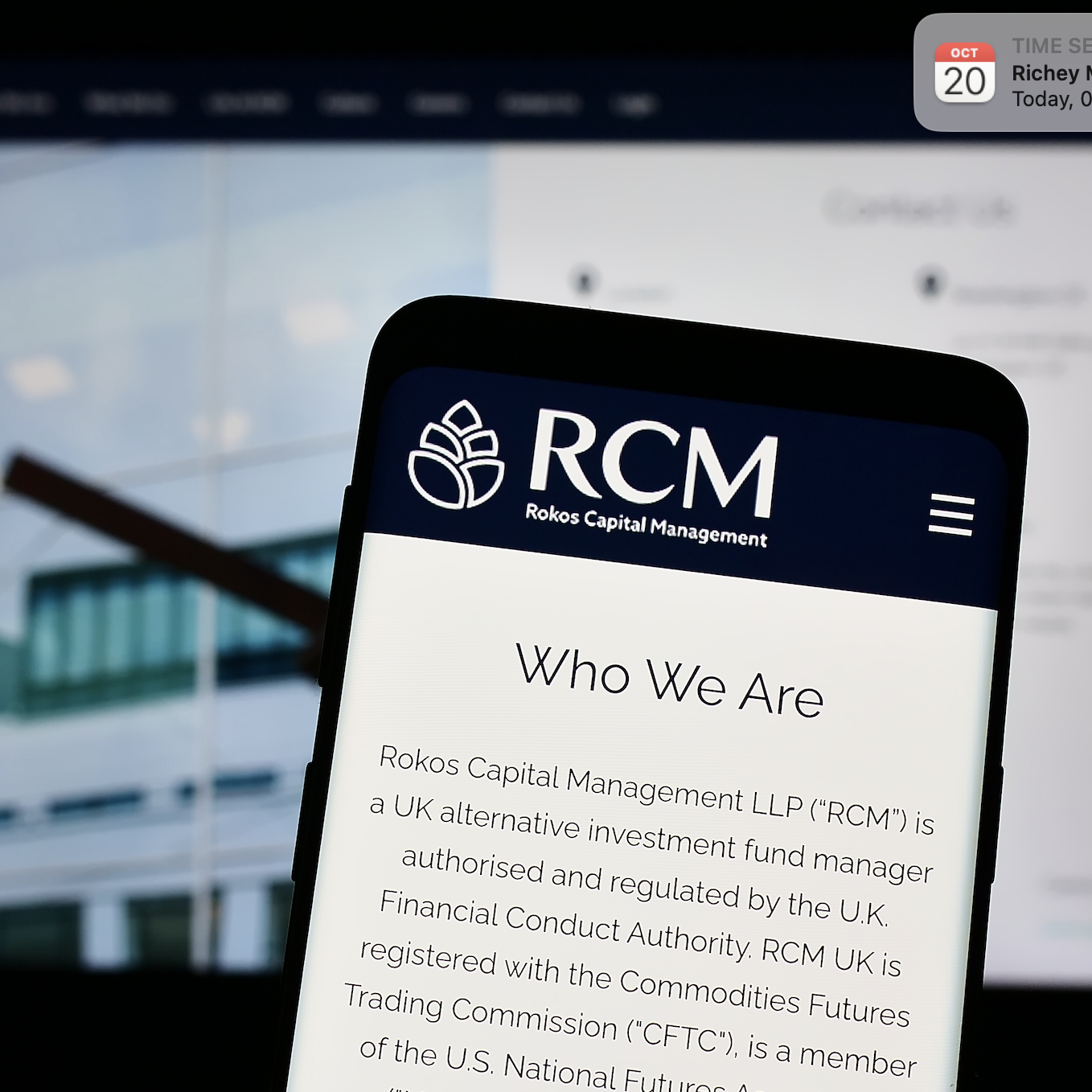Preqin assesses the evolution of infrastructure in investors’ portfolios in what is a continually maturing environment for the asset class, and examines investors’ plans for the year ahead.
Infrastructure is a growing area of interest for institutional investors, with many institutions attracted to the asset class by the offer of stable, long-term and low-risk returns. As institutions become more knowledgeable regarding infrastructure investments, increasing numbers of investors are entering the asset class, carving out dedicated allocations, or increasing their target exposure to the asset class. Using data from Preqin’s latest investor survey, we examine investors’ changing attitudes towards the asset class and how their portfolios are evolving to reflect this.
Investor appetite for infrastructure is growing, with 95% of investors surveyed planning to either increase or maintain their current allocation over the next 12 months. Over the longer term, a sizeable 42% of investors plan to increase their allocation too, suggesting that the amount of capital set to enter the infrastructure asset class is likely to increase, both in the year ahead and over the longer term. Furthermore, 55% of investors planning new investments in infrastructure plan to commit $100mn or more in the next 12 months, with a considerable 20% looking to invest $600mn or more.
In the past two years, 35% of investors have increased their infrastructure investment team, with no respondents having decreased the size of their team. With a large proportion of investors looking to increase their allocation to the asset class in the future, further growth is expected, with 37% of institutions planning to increase the size of their teams over the next two years.
Changing Portfolio Make-Up
Unlisted funds will remain an important part of investors’ portfolios in 2014-2015, with 40% of respondents expecting this route to market to account for a larger proportion of their portfolio. However, what is particularly notable is investors’ growing interest in direct exposure to the asset class, with 55% of surveyed investors expecting direct investments to account for a larger proportion of their portfolio in the year ahead, a greater proportion than in any other strategy, while no respondents plan to decrease their exposure to infrastructure via direct investments.
From August 2013 to August 2014, appetite for direct investment has increased, while appetite for unlisted funds has fallen. Although investors are increasingly looking towards direct infrastructure investment, in many cases, this only remains feasible for the largest and most experienced institutions, which are capable of building an investment team able to source and manage a portfolio of directly owned assets.
Appetite for Separate Accounts and Co-Investments
As the infrastructure market continues to mature, the use of alternative methods of accessing infrastructure, such as separate accounts and co-investments, has increased; 28% of surveyed investors expect separate accounts to constitute a higher proportion of their infrastructure investment portfolio in the year ahead. These structures offer investors the potential to gain access to the skill and unique exposure offered by many external fund managers, while offering greater control and reduced fees when compared with investing in a pooled fund.
Notable separate accounts formed in 2014 include the €250mn hydropower-focused account formed by APG and Aquila Capital, which aims to make investments in operational plants and develop new projects across Europe. In June, CalPERS formed Golden State Matterhorn, a $500mn mandate with UBS Asset Management. The mandate targets investment opportunities in the US and globally, and considers investment in both public and private infrastructure, primarily within the transportation, power, energy and water sectors.
Use of separate accounts corresponds with investors’ assets under management (AUM), as larger investors are more likely to be able to leverage the additional resources and knowledge required to invest via this method. Fifty-three percent of investors with $10bn or more in AUM utilize separate accounts, compared to 44% of investors with $1bn to $9.9bn in AUM, with a similar pattern visible for investors that co-invest alongside the fund managers they invest with.
Private Funds – Still Relevant?
Although investors are increasingly looking to alternative methods of accessing the infrastructure asset class, private funds managed by external managers are likely to remain the primary method of investment for many institutions. Despite many of the largest institutions seeking to invest directly, most still use external managers to provide them with exposure to assets they could not access directly. For many smaller investors, direct investments are simply not feasible and unlisted funds are likely to remain the main way they access the asset class.
Infrastructure has not always delivered for investors and 35% of investors believe that, over the past five years, returns have fallen short of expectations. While some may see direct investments as a way to gain greater control over their portfolios, others may look to focus capital on the managers that have been most successful in the past. In a very competitive fundraising market, managers not only need to be able to successfully articulate how they can find value in the current market, but may also need to be flexible in their approach. With many investors wanting greater control and more direct exposure, offering separate accounts or co-investment opportunities can be important ways for firms to build strong and lasting relationships with investors.
This is an excerpt from Infrastructure Spotlight – September 2014. To download the full report, click here.







